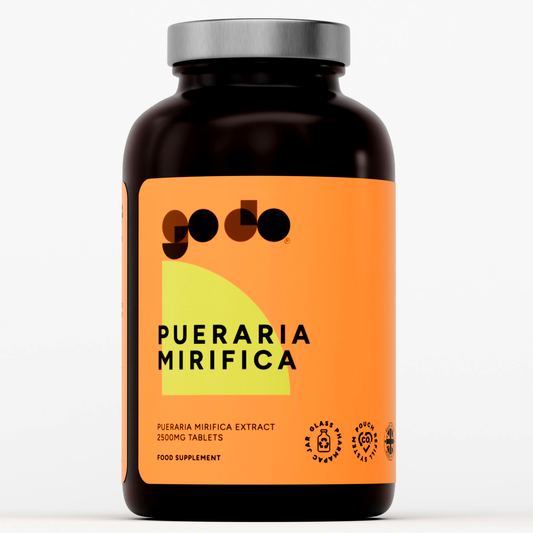Lengthy research into ways of developing explosive strength and reactive ability lead to the development of the so-called ‘shock’ (plyometric) method. Essentially, it consists of exciting the muscles by means of an unexpected stretch preceding any voluntary effort. Kinetic energy and not particularly heavy loads should be used for this, where the kinetic energy may be amassed by means of the body or loads plummeting from a certain height. Depth jumps and medicine ball rebounding are two of the exercise regimes ordinarily used in plyometrics.
The ‘shock method’ means exactly that: a method of mechanical shock stimulation to force the muscle to yield as much tension as possible. This method is categorised by spontaneous action of marginal duration between the end of the eccentric braking phase and start of the concentric acceleration phase. It depends on the production of a very short-lived explosive-isometric and eccentric-isometric phase which heralds the discharge of the elastic energy stored in the tendons and other components of the series elastic component of the muscle complex during the eccentric braking phase.
If the shift phase is extended by more than about 0.15 seconds, the action may be considered to be ordinary jumping and not classical training plyometrics. Practical application of the plyometric method entails taking certain measures. For starters, the range of motion should be to some extent greater than the obligatory coordination range of the exercise in order to augment shock absorption by the soft tissues and in that way elude impact injury. Moreover:
Plyometric Training Guidelines
-
Amortization Phase: The amortization phase, the time between the eccentric and concentric muscle actions, should be minimized. This brief transition phase allows for the storage and utilization of elastic energy, leading to more powerful and explosive movements.
-
Warm-Up: Plyometric training should always be preceded by a thorough warm-up of the muscles involved. This prepares the body for the high-intensity, plyometric exercises and helps reduce the risk of injury.
-
Repetition Volume: As a general guideline, the number of plyometric repetitions per set should not exceed 5-8. This relatively low volume helps maintain proper technique and minimize fatigue.
-
Progression: When first implementing plyometric training, focus on increasing the speed and acceleration of the movements before progressing to higher drop heights or take-off heights. This gradual progression allows the body to adapt and ensures safe execution.
-
Rest Intervals:
- For maximal plyometric exercises focused on power development (strength-speed, speed-strength), rest periods of approximately 10 minutes between sets are recommended.
- For submaximal plyometric exercises aimed at improving explosive-strength endurance, shorter rest intervals can be used.
These guidelines provide a framework for the safe and effective integration of plyometric training into an overall fitness program. Remember to closely monitor technique, listen to your body, and make adjustments as needed to prevent injury and optimize performance gains.

Bibliography
• Verkhoshansky, Natalia Verkhoshansky.Special strength training: manual for coaches. S.l.: Verkhoshansky Sstm, 2011.
• Verkhoshansky, Yuri Vitalievitch, and Mel Cunningham Siff. Supertraining. 6th ed. – Expanded ed. Rome, Italy: Verkhoshansky; 2009.











